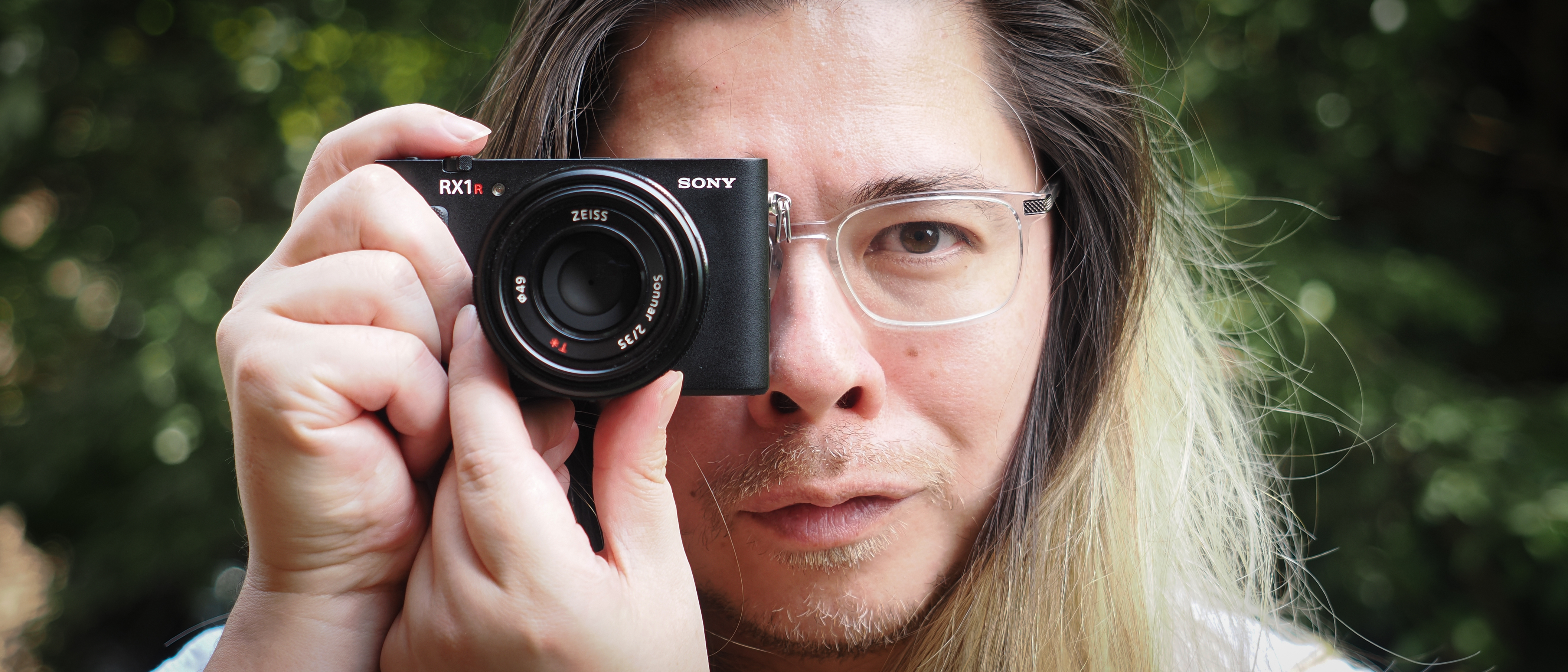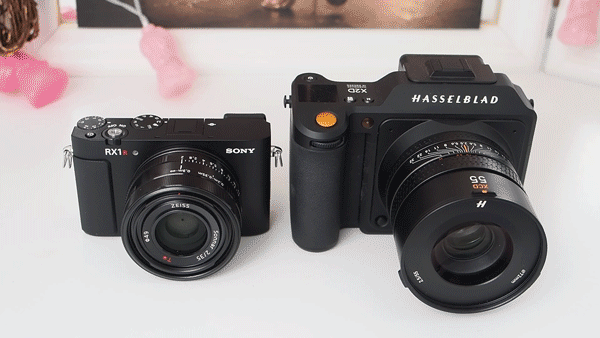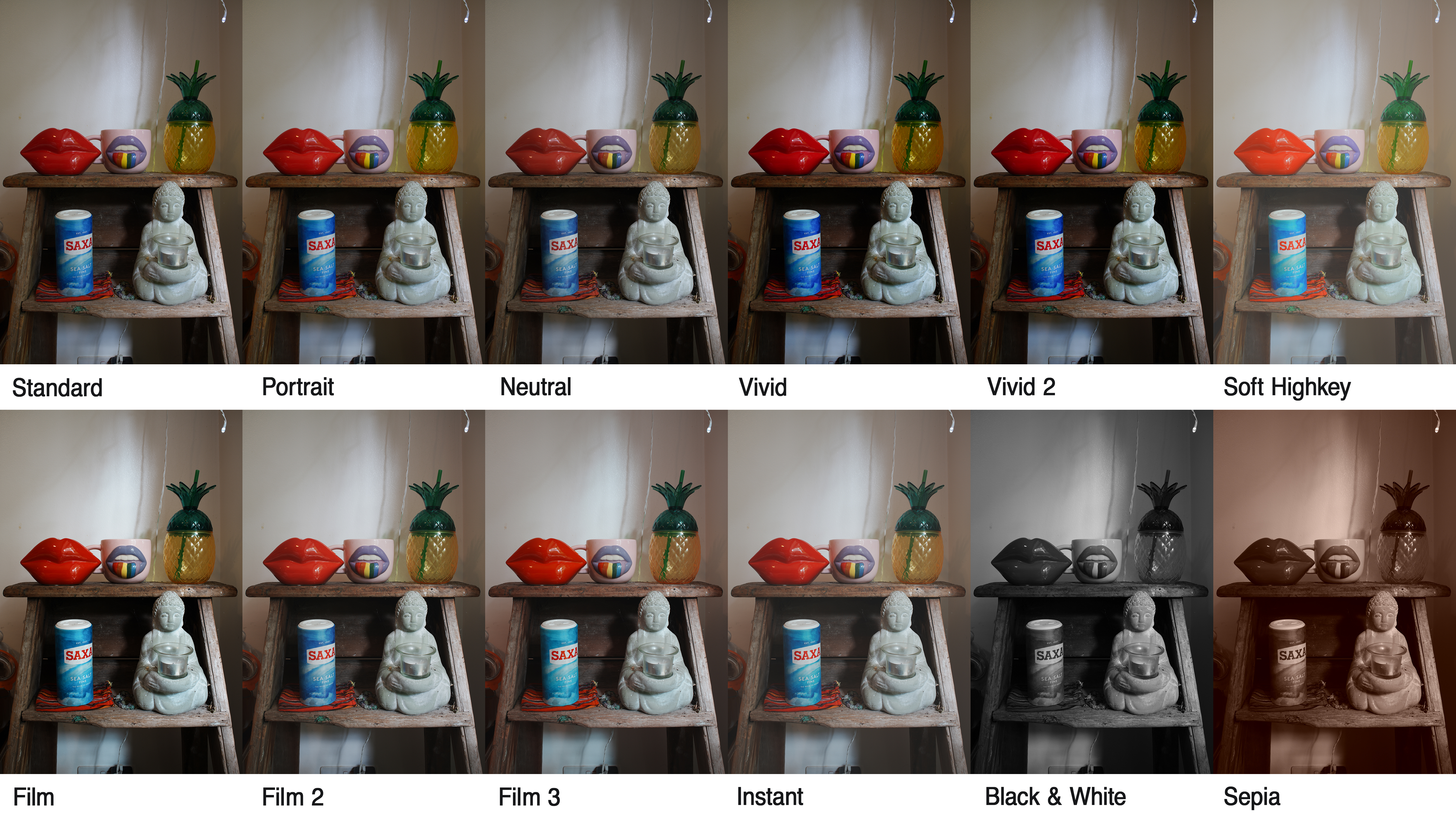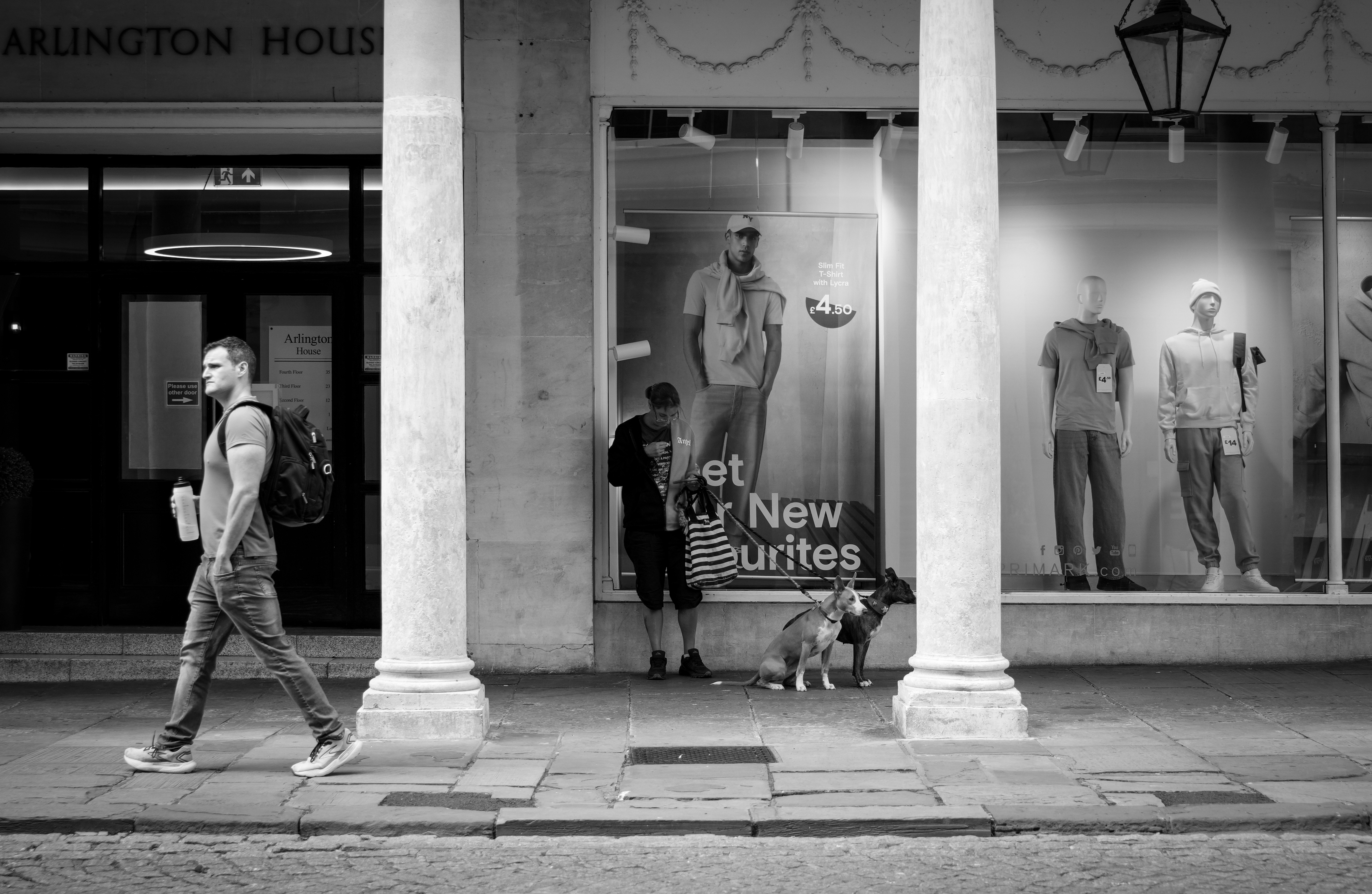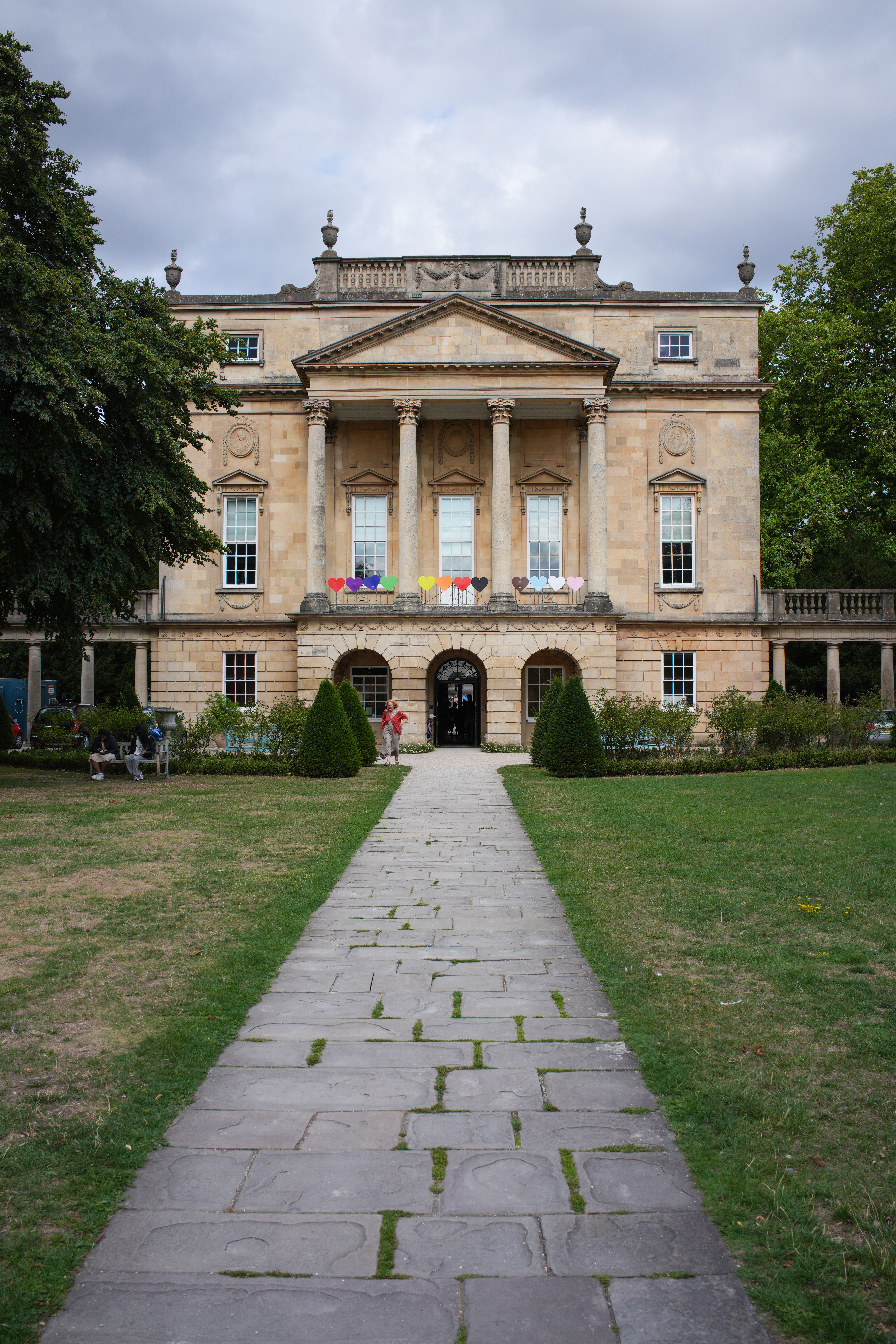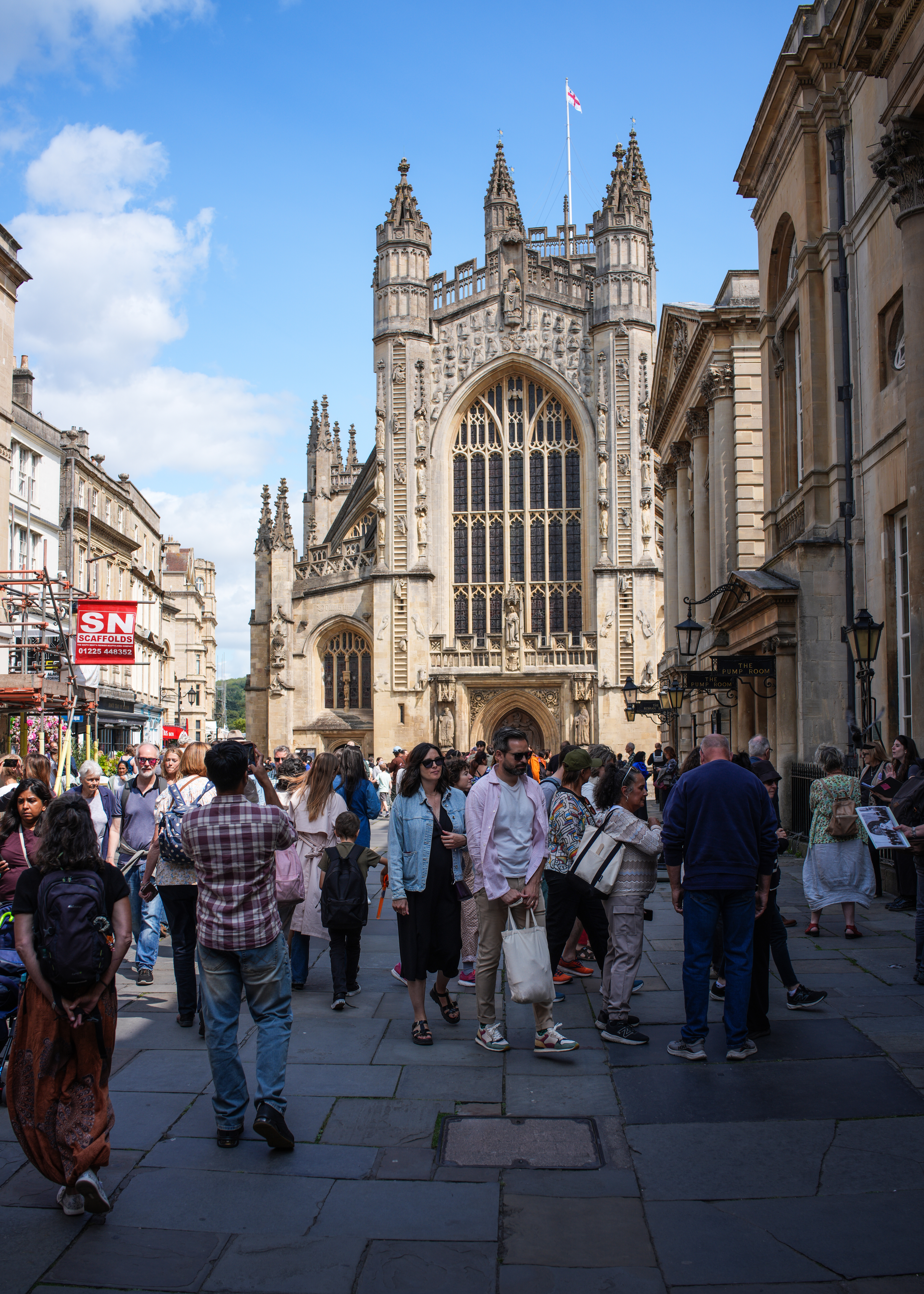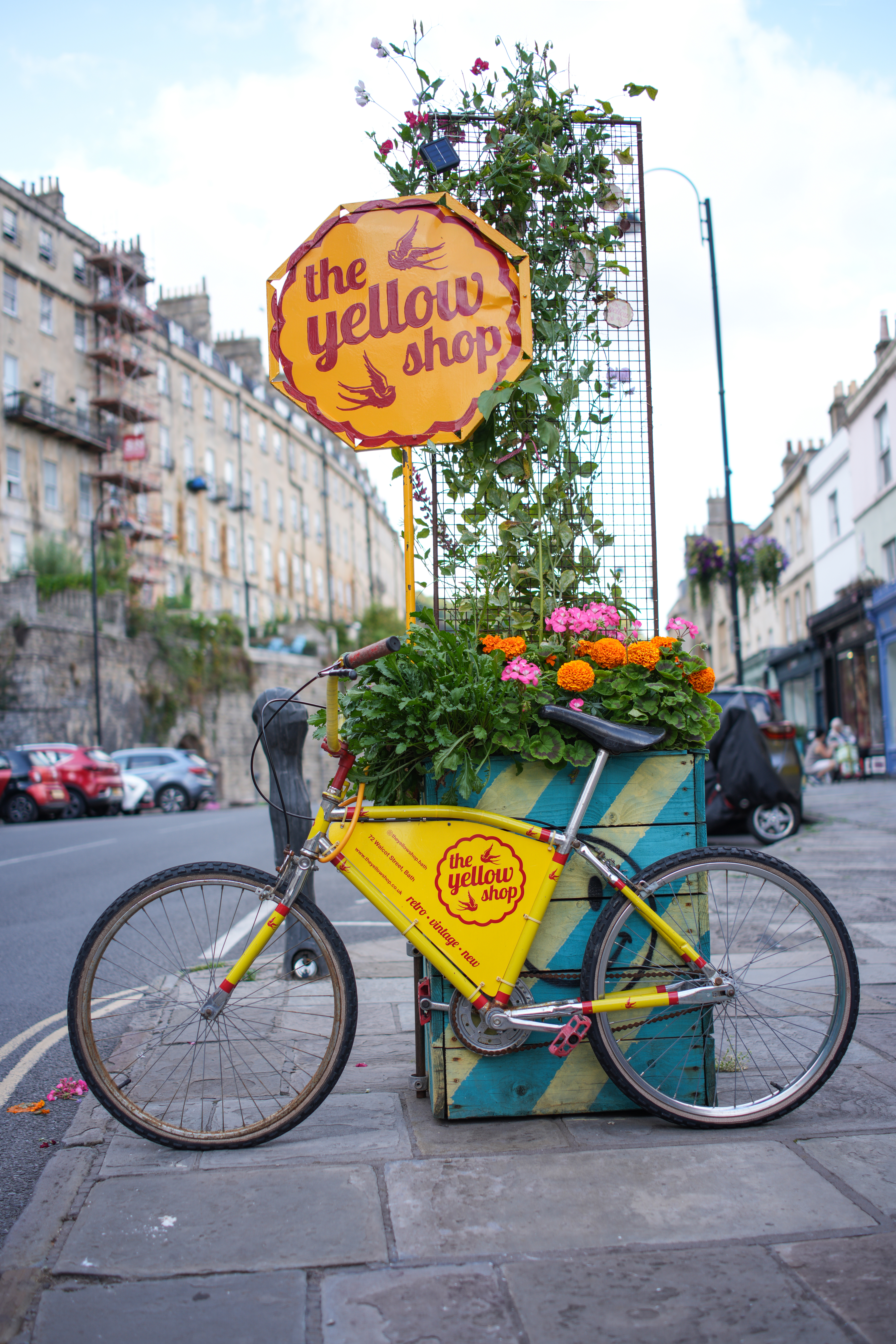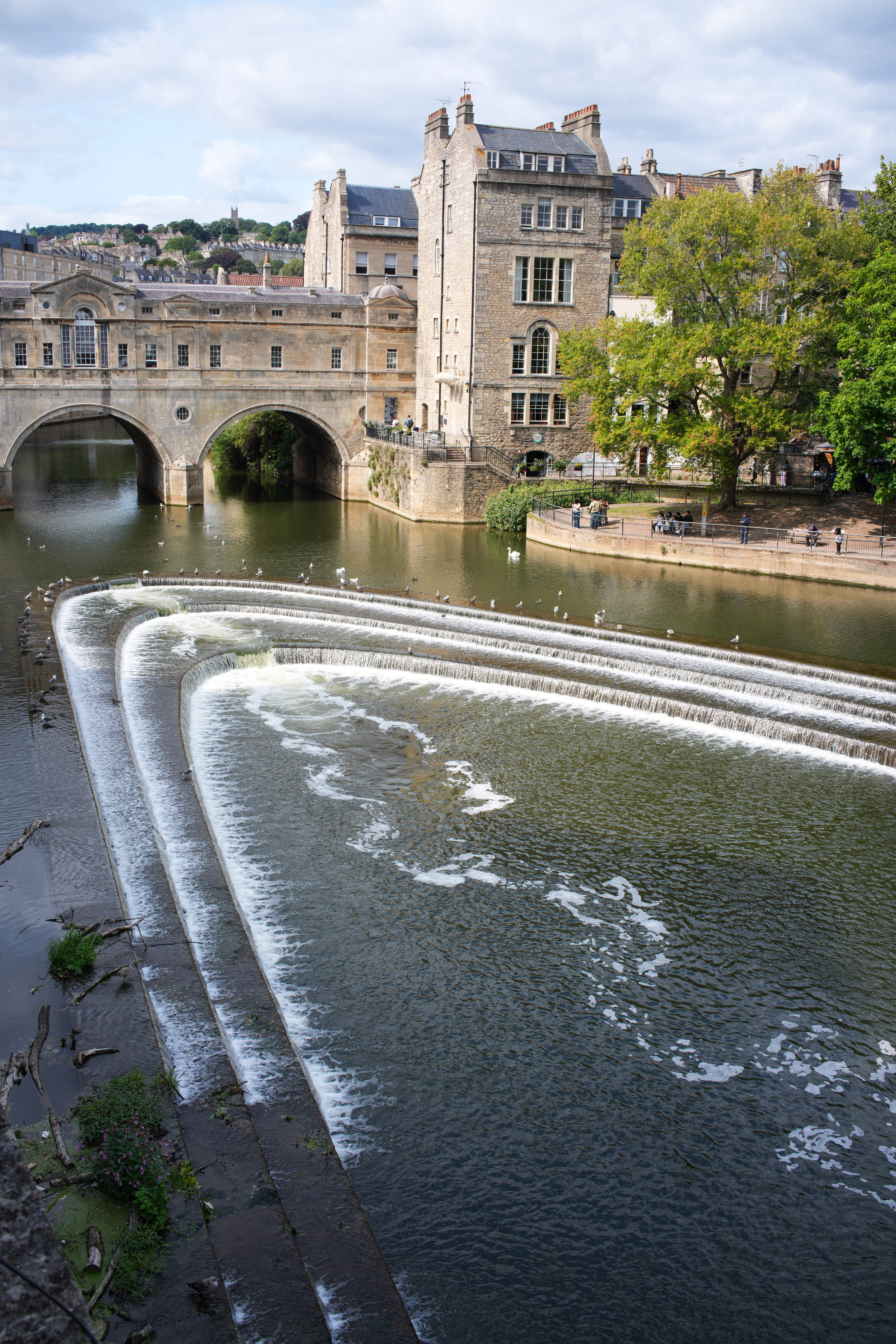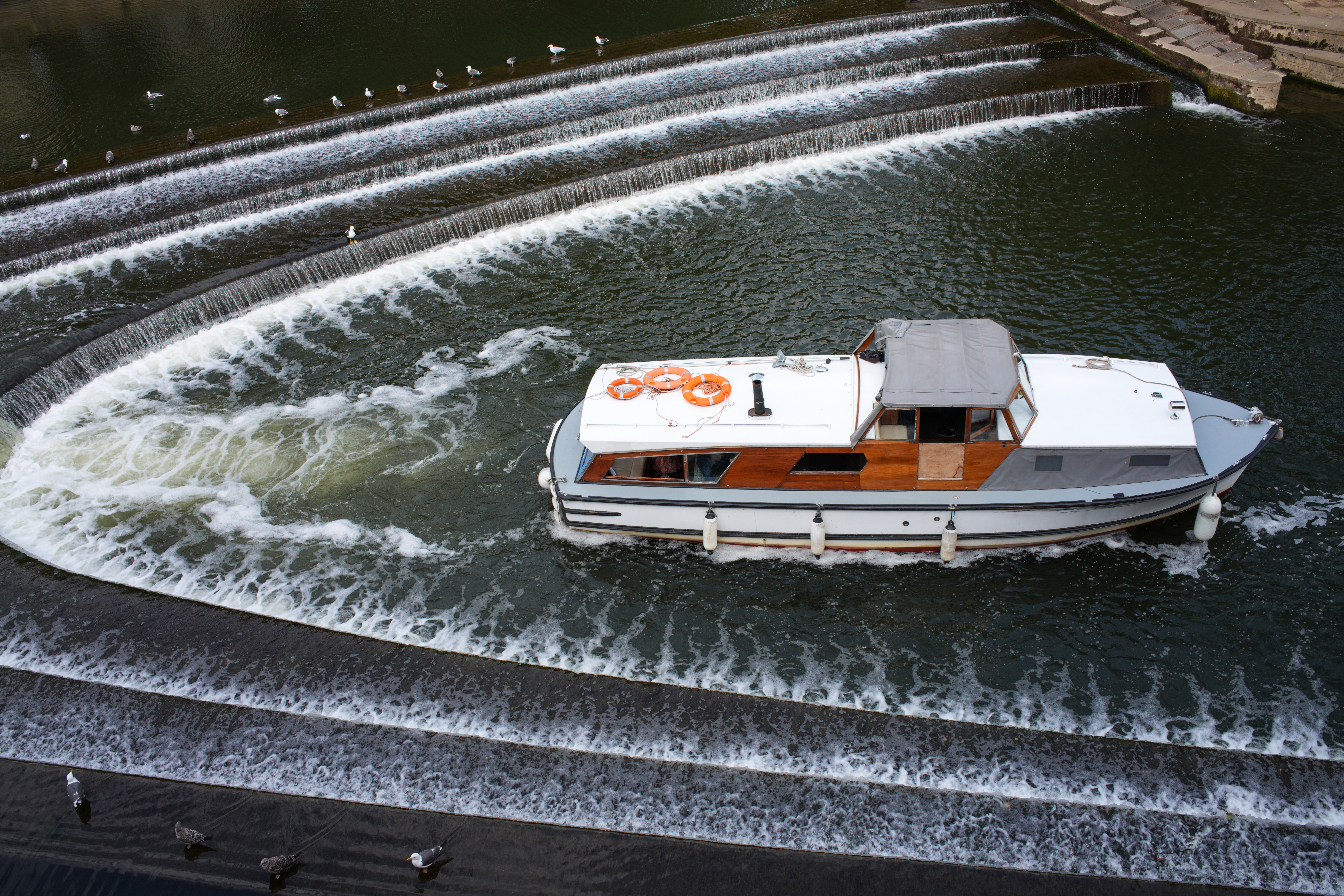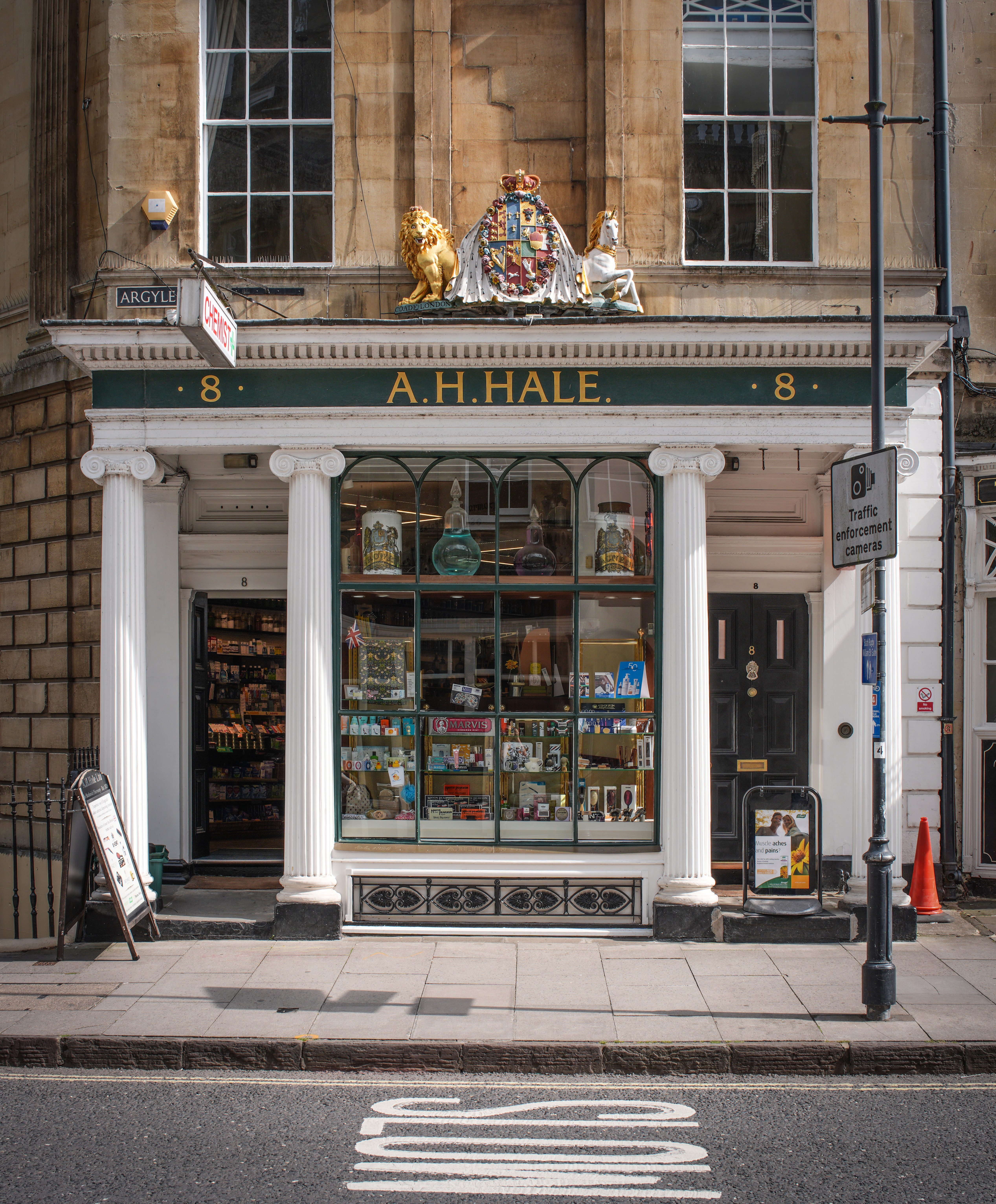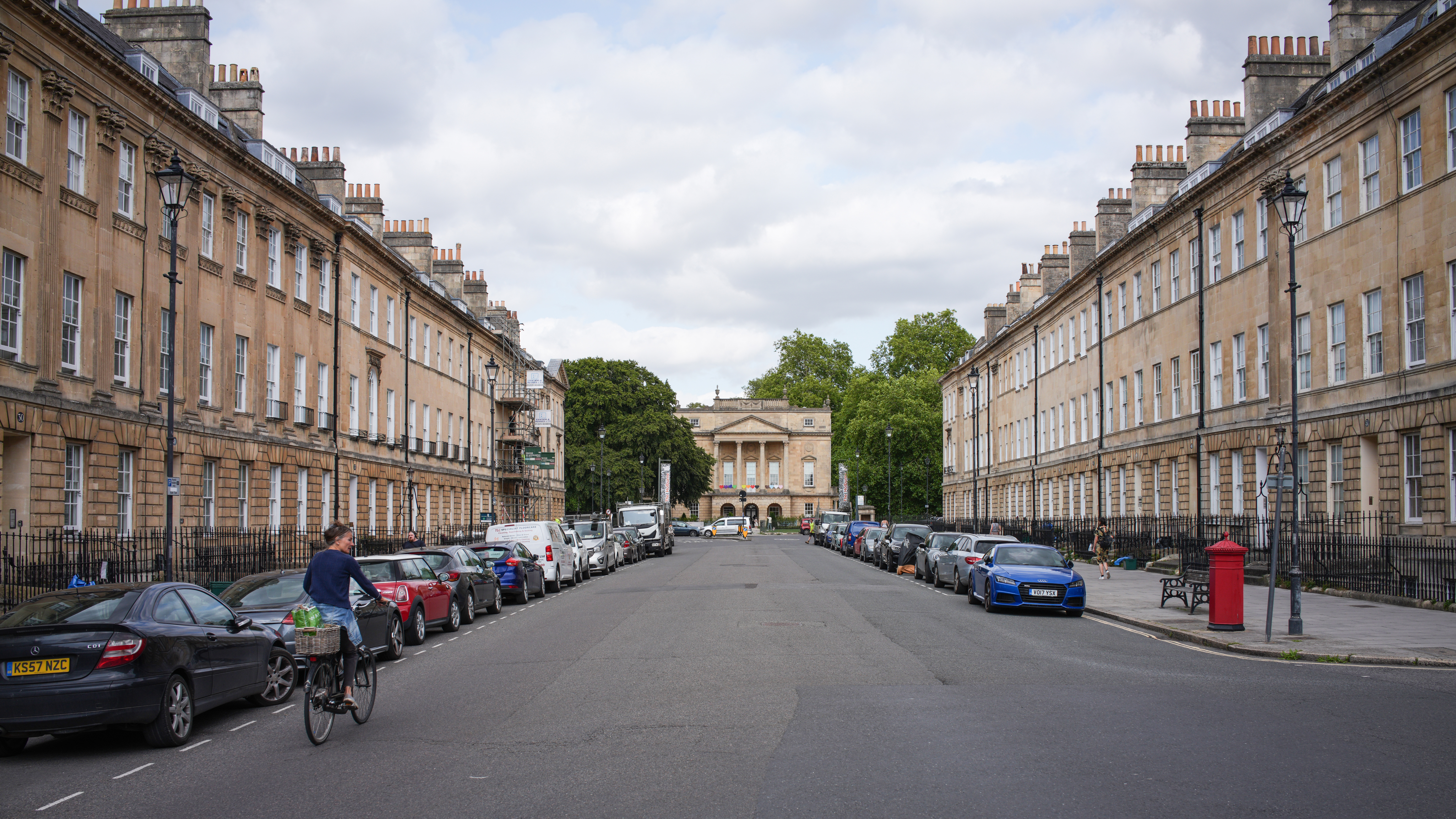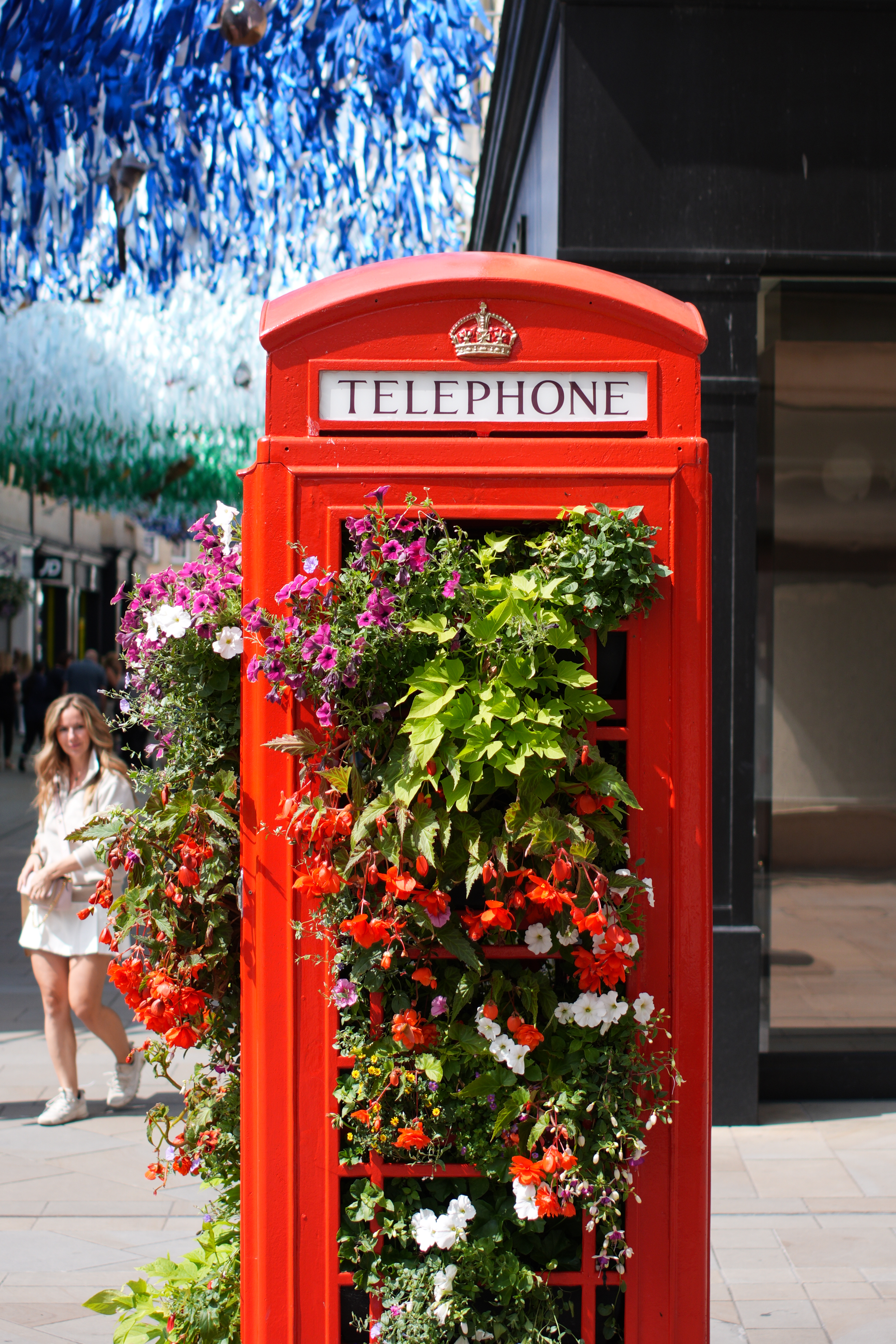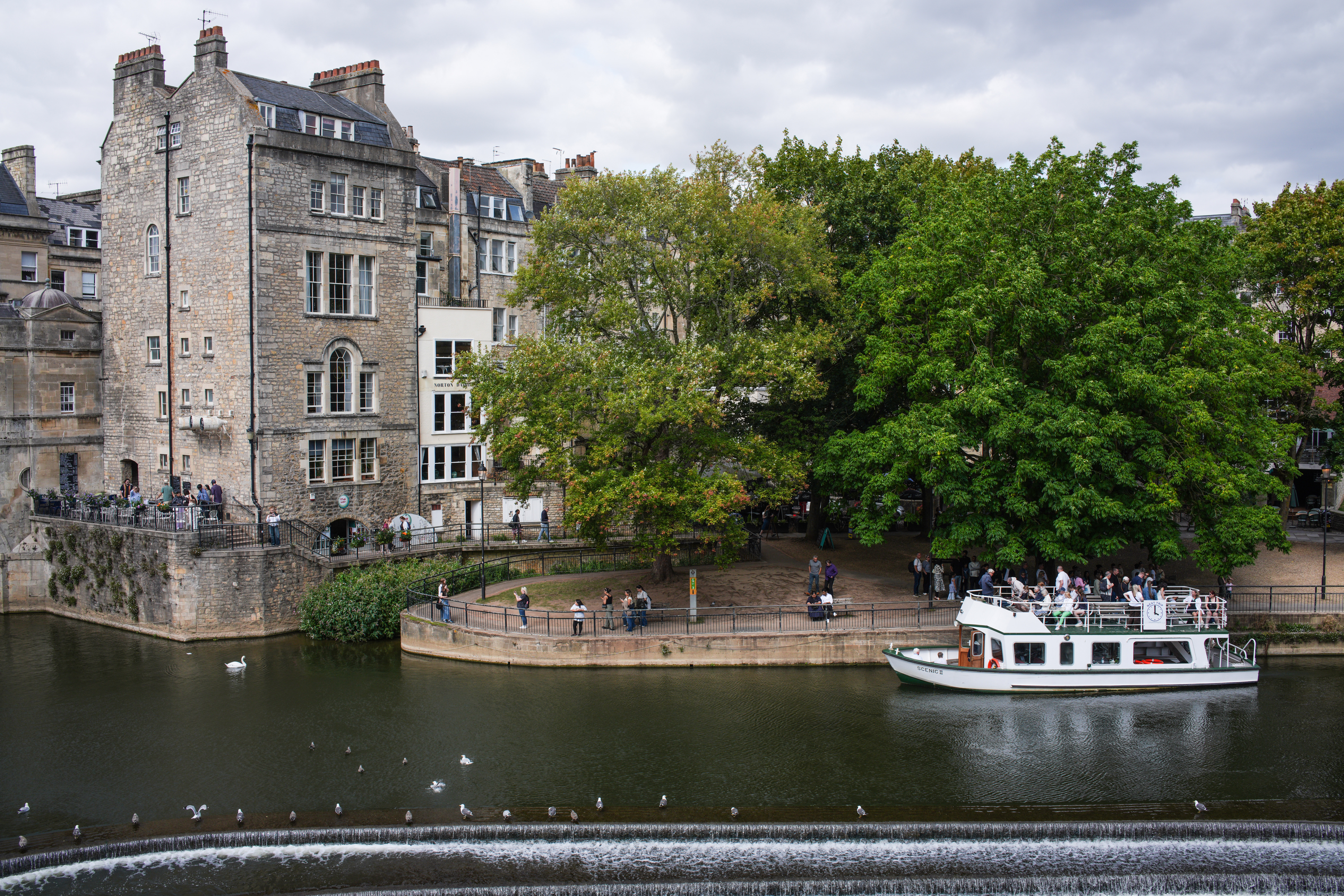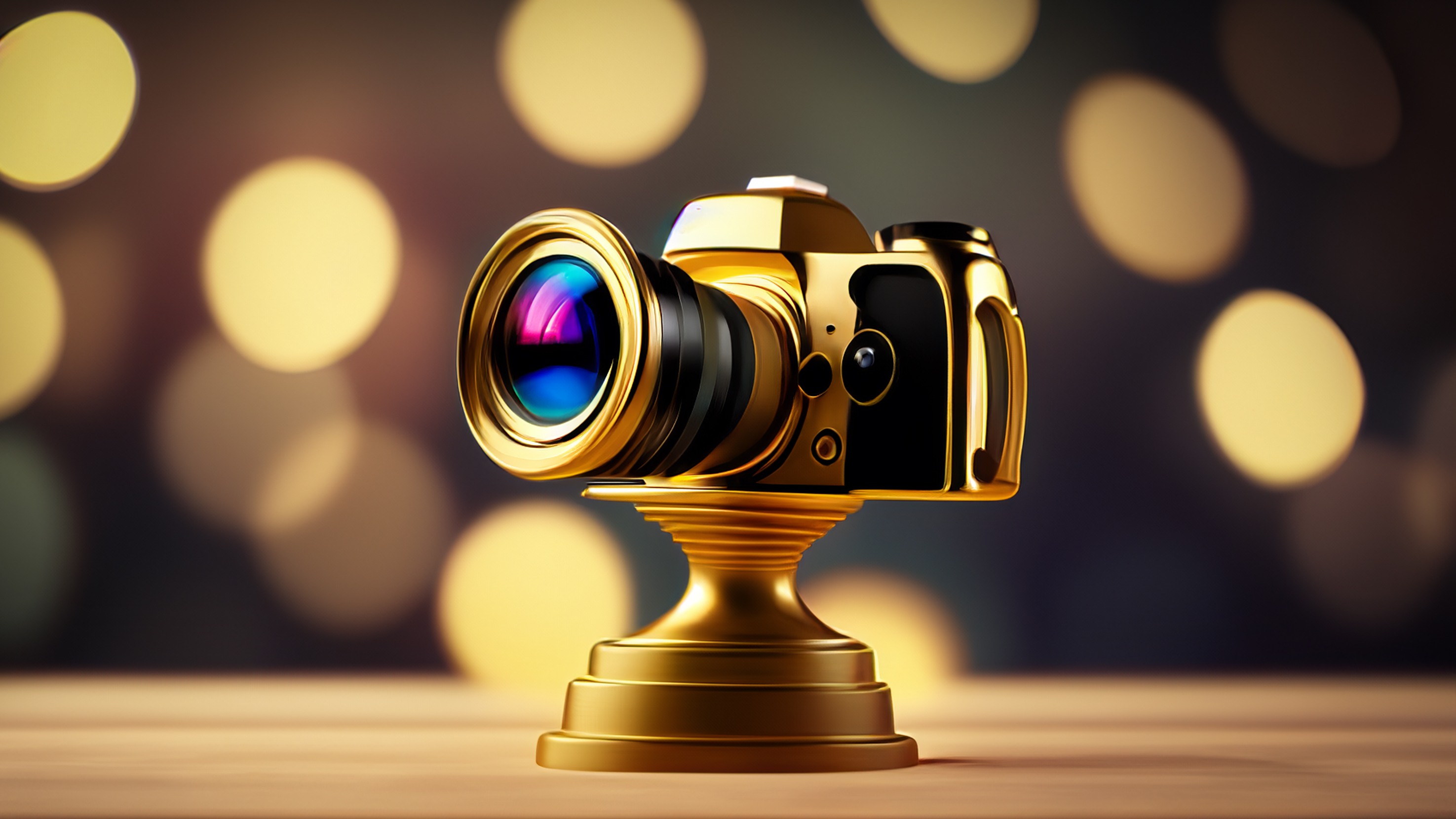Early Verdict
The Sony RX1R III is the most compelling compact camera on the market. Yes, there are drawbacks – the fixed screen being the biggest one for me – but its strengths are such that I would be perfectly happy using this as my everyday snapper or travel camera. Obviously its price puts it in the same category as the Leica Q3 but, while the 61MP resolution is about the same, Sony's autofocus is on another level entirely – and it's also a whole lot smaller and lighter.
Pros
- +
Absolutely TINY
- +
61MP stills / 4K 30p video
- +
Digital crop modes
- +
Great autofocus
Cons
- -
Fixed rear screen
- -
No IBIS
- -
Not weather sealed
- -
Macro function fiddly
Why you can trust Digital Camera World
The Sony RX1R III has been almost a decade in the making – so perhaps it's understandable that it received a bit of a Vegemite-like reception online. Because while there's been almost a decade of speculation and expectation, it's fair to say that the Sony RX1R III doesn't represent almost a decade of innovation.
But the thing is, I don't think it needs to. There are things I wish were here, sure – an articulating screen for one thing, in-body image stabilization another – but what is here is more than enough for what the Sony RX1R III sets out to do.
A 61MP sensor, enabling the 35mm f/2 Zeiss to shoot at multiple digital focal lengths, with phenomenal autofocus, in a form factor that's smaller than almost every other camera on the market – which is arguably the single most important factor for this product.
The price is what it is – and means that the Sony RX1R III is in the same category as the luxury Leica Q3 rather than the affordable Fujifilm X100VI (though it's worth noting that the RX1R III is even smaller than the X100VI, despite having a bigger sensor and higher resolution).
I can't disagree that the price tag is much more befitting a handmade German camera. However, I would personally buy the Sony RX1R III over the Leica Q3; it's simply an awesome mobile imaging machine.
Sony RX1R III: Specifications
Sensor | 61MP full frame CMOS | Row 0 - Cell 2 |
Lens | Zeiss T* Sonnar 35mm f/2 T* (49mm filter) | Row 1 - Cell 2 |
Viewfinder | OLED 2.36 million dots, 100% coverage, 0.7x magnification | Row 2 - Cell 2 |
Screen | Fixed 3-inch TFT LCD touchscreen, 2.36 million dots | Row 3 - Cell 2 |
Image stabilization | Electronic | Row 4 - Cell 2 |
Weather sealing | No | Row 5 - Cell 2 |
ISO | 100-32,000 (exp. to 50-102,400) | Row 6 - Cell 2 |
Autofocus | 693-point hybrid phase detect | Row 7 - Cell 2 |
Max burst speed | 5fps (120 JPEG Extra fine / 52 RAW / 14 RAW & JPEG) | Row 8 - Cell 2 |
Max video resolution | (50.8MP) 4K 30p 4:2:2 10-bit, FullHD 120p | Row 9 - Cell 2 |
Battery | NP-FW50 • 270 shots EVF / 300 shots LCD monitor • 80 mins continuous recording | Row 10 - Cell 2 |
Connectivity | USB-C, WiFi, Bluetooth, micro HDMI, microphone jack, Multi Interface Shoe | Row 11 - Cell 2 |
Dimensions | 113.3 x 67.9 x 87.5 mm | Row 12 - Cell 2 |
Weight | 454g body only (498g with battery & card) | Row 13 - Cell 2 |
Sony RX1R III: Price
The Sony RX1R III is available now, priced $5,098 / £4,200 / AU$7,999. Despite initial warnings from the manufacturer about supply shortages, the camera is widely in stock.
For comparison, the Leica Q3 (with a similar 60.3MP full frame sensor and 28mm f/1.7 lens) will set you back $6,735 / £5,300 / AU$11,090.
The best camera deals, reviews, product advice, and unmissable photography news, direct to your inbox!
The Fujifilm X100VI (with a smaller 40.2MP APS-C sensor and 23mm f/2 lens) costs $1,599 / £1,599 / AU$2,695.
Sony RX1R III: Build & handling
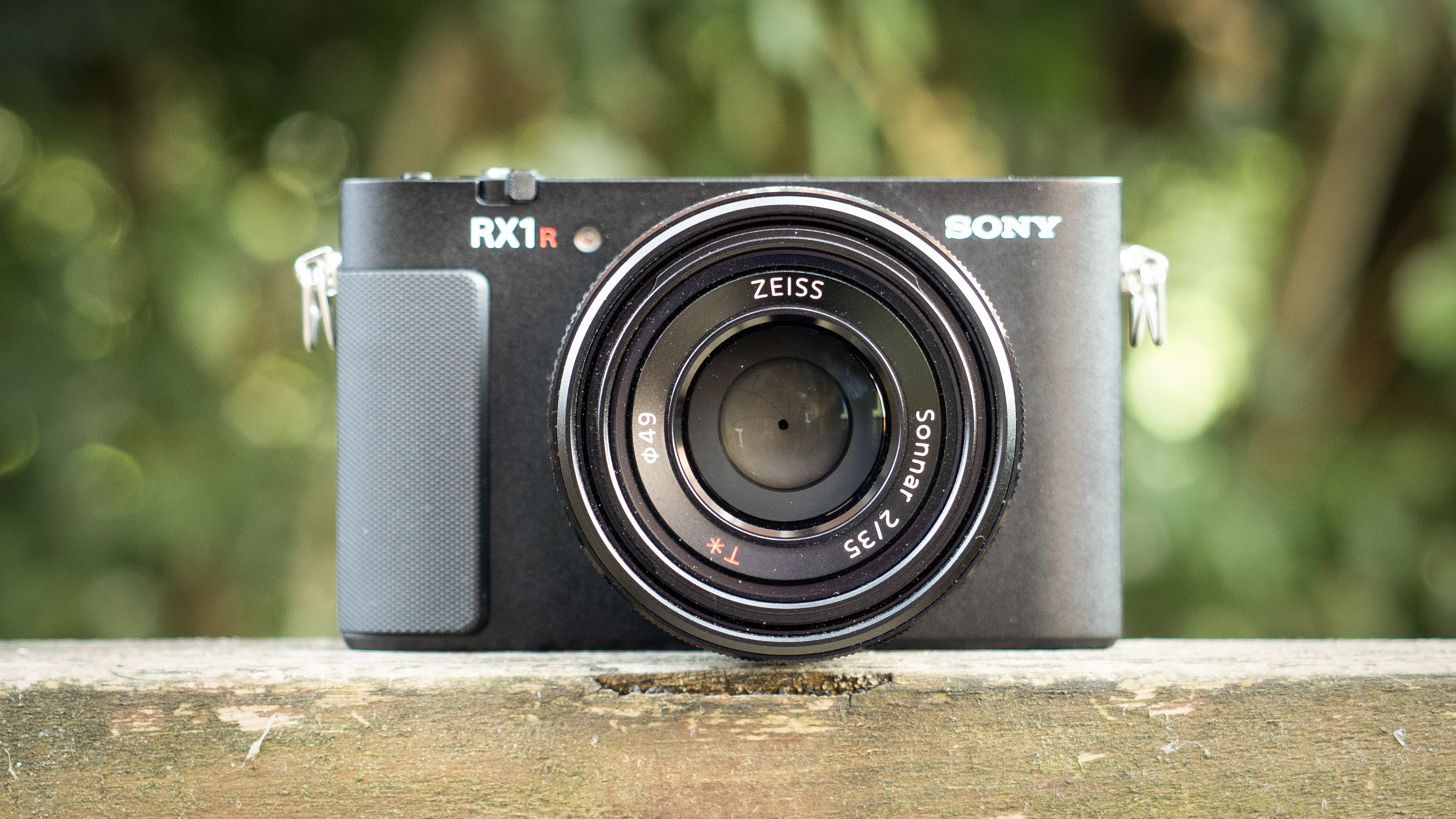

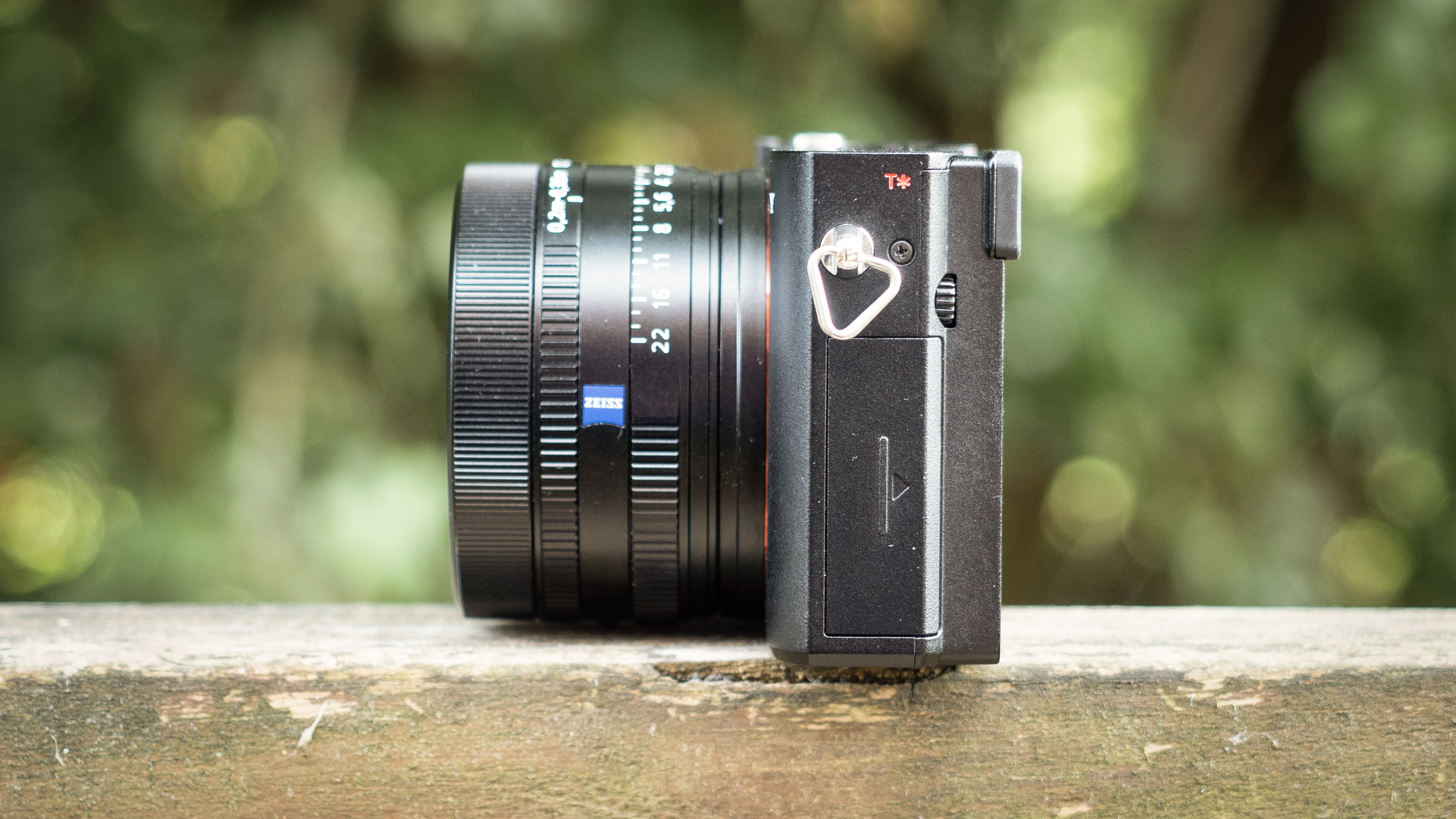

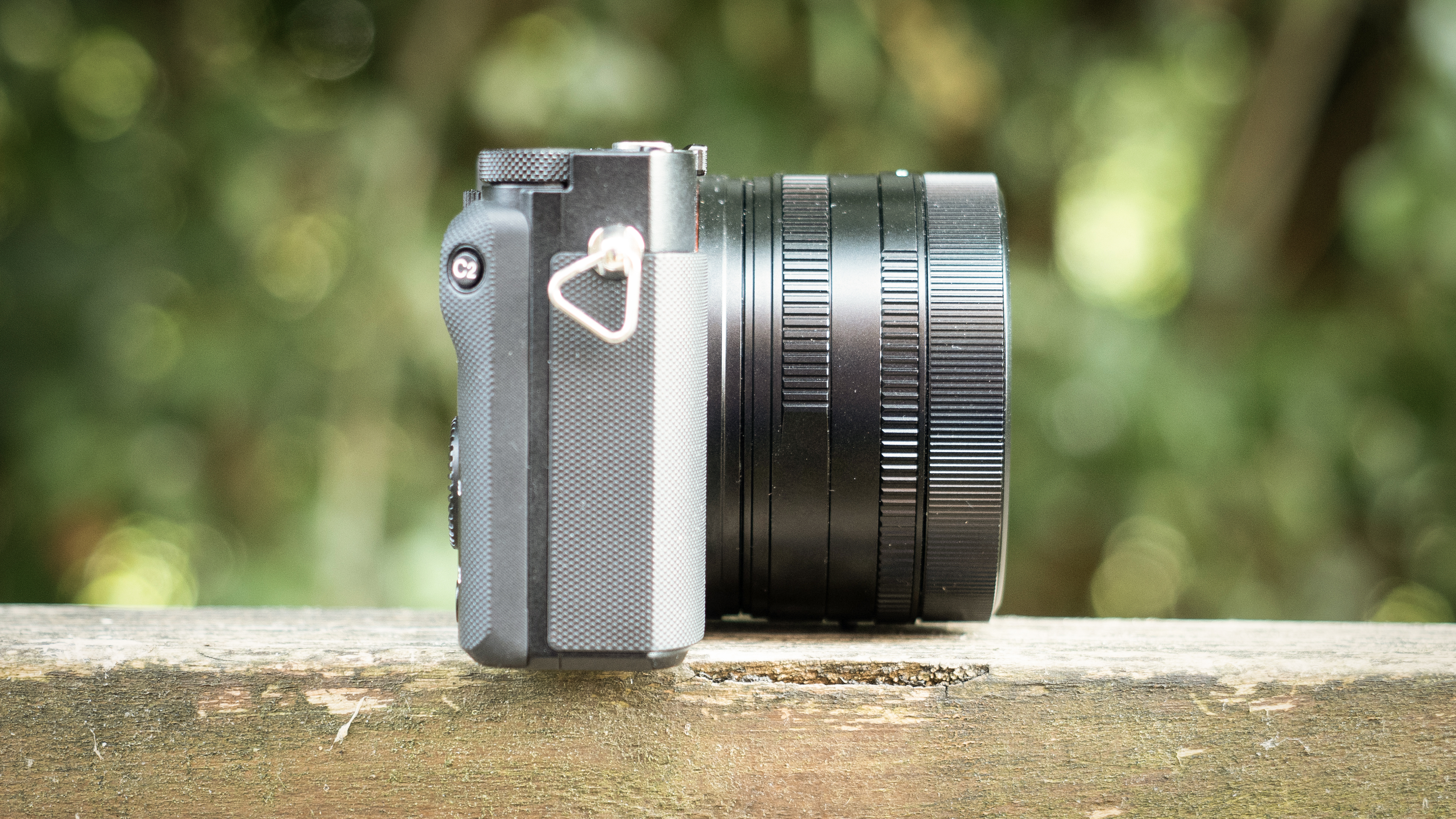



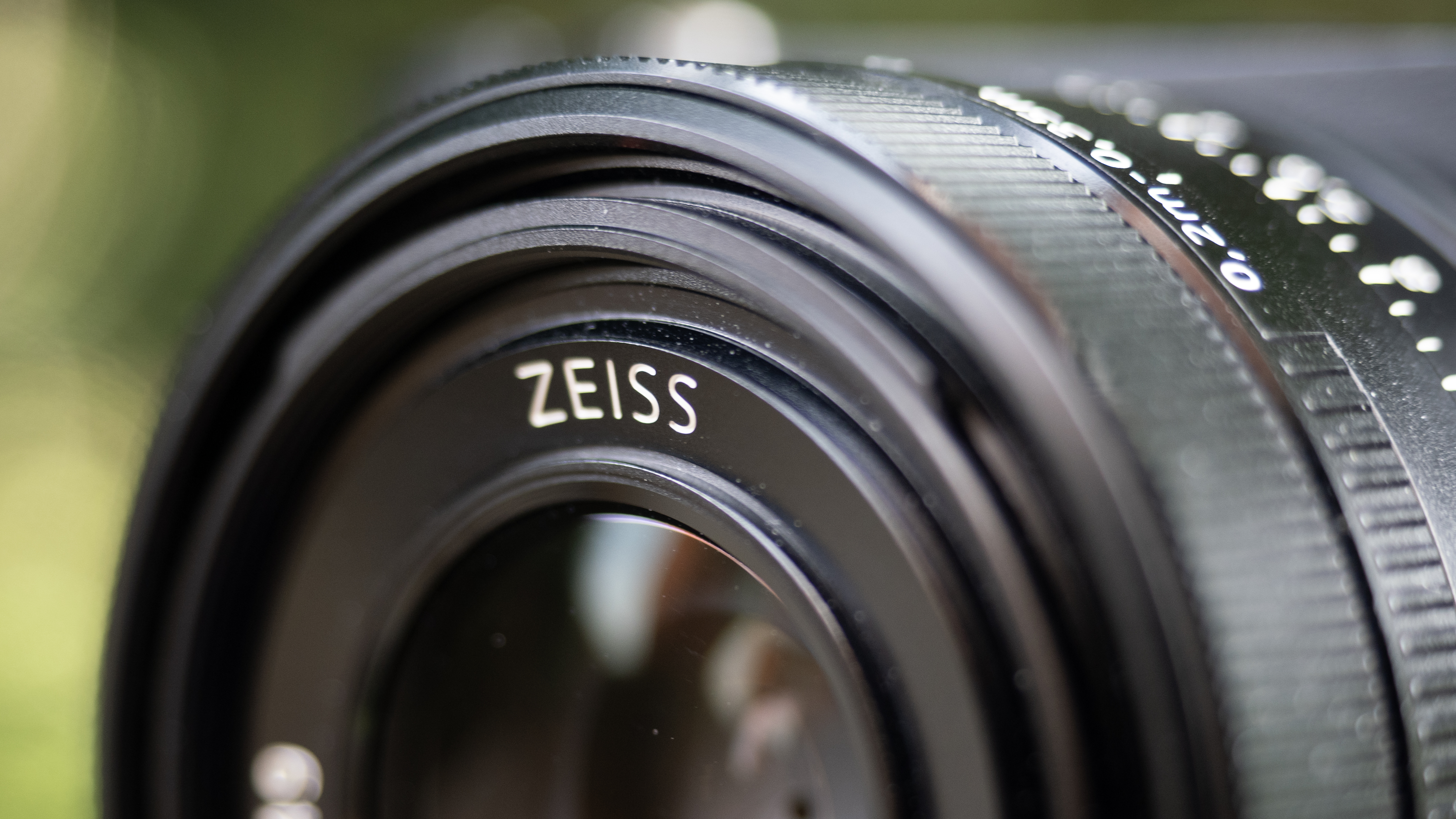

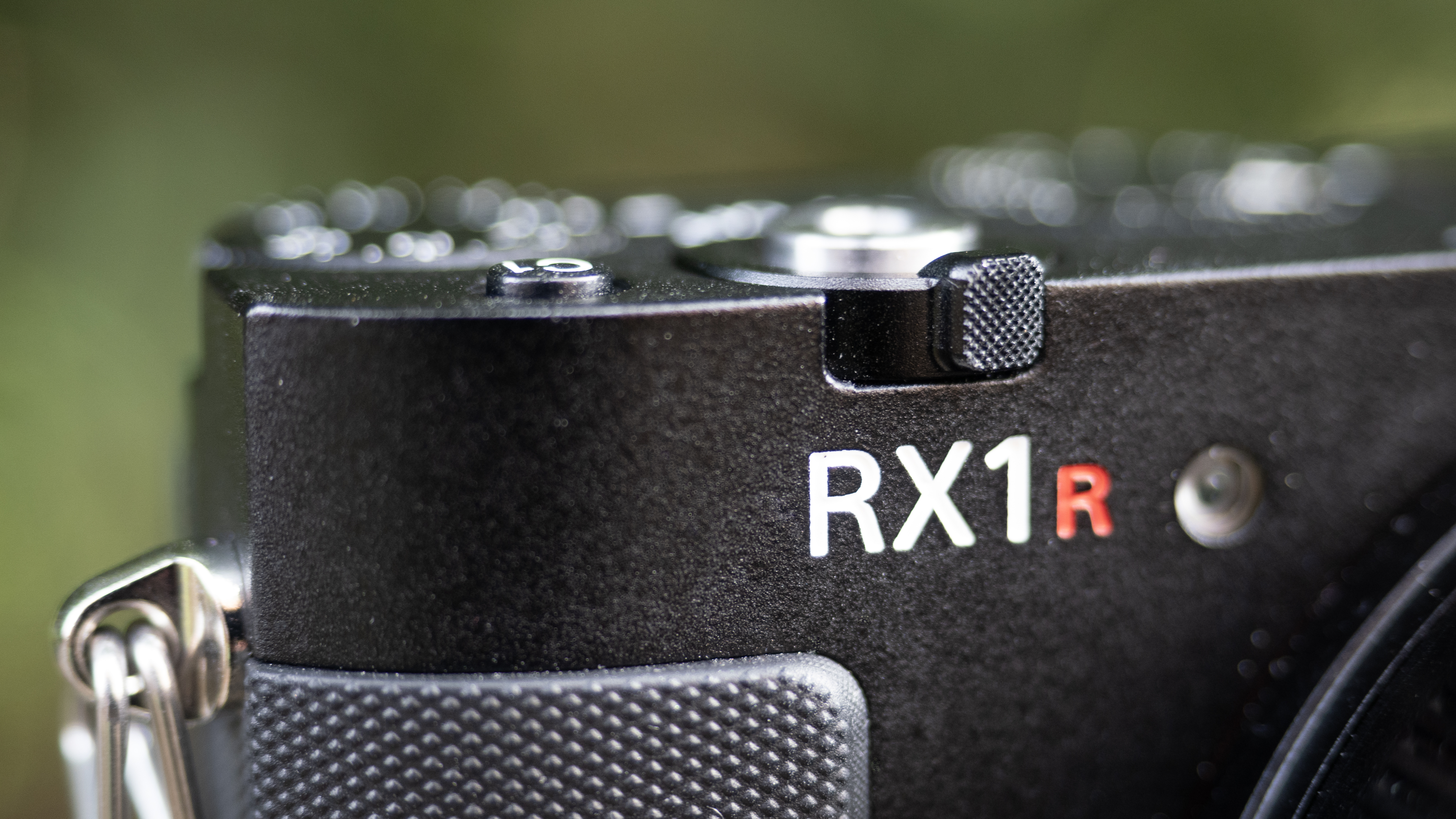
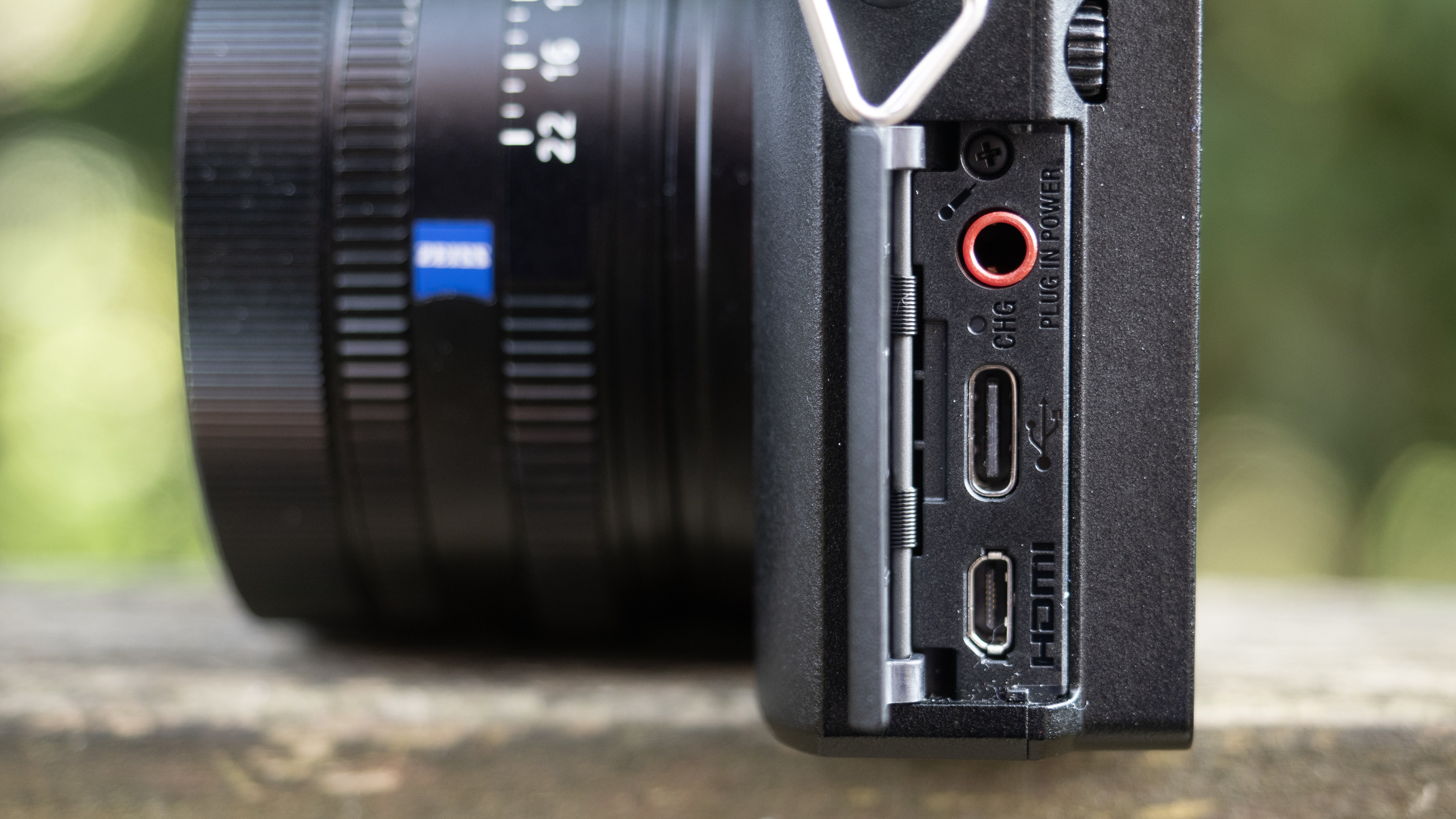

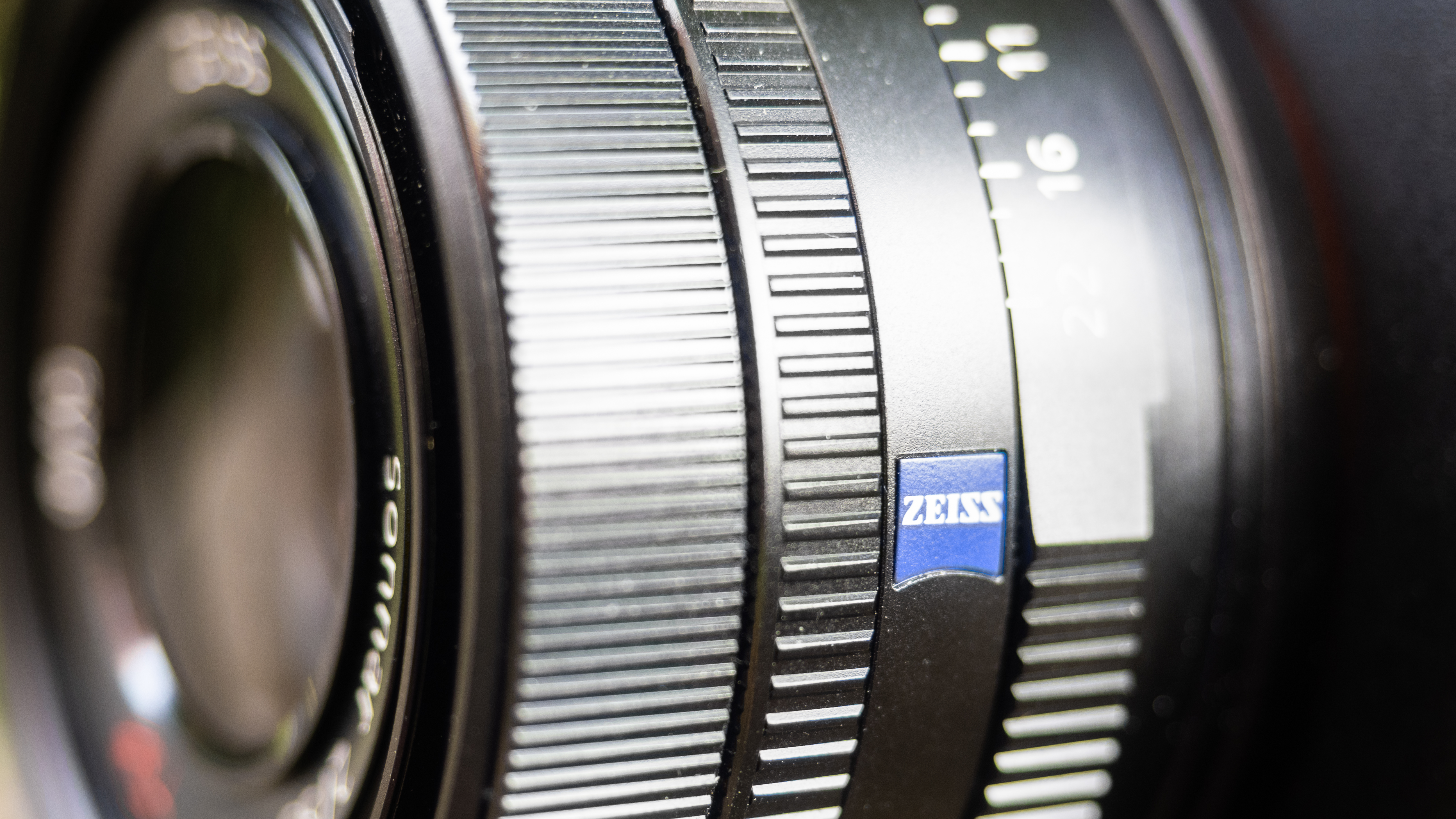
This camera is, and I can't stress this enough, small. Like, really small. I recommend checking out my article to see how small is the Sony RX1R III, where I compare it to a host of interchangeable lens cameras with different sensor sizes and equivalent focal lengths.
The takeaway is that the Sony RX1R III is smaller than any body and lens combo aside from the smallest Micro Four Thirds camera on the market. That includes the Sigma BF with 35mm f/2 lens – which is the smallest full-frame mirrorless body you can get.
So, if you want the smallest possible camera setup, it really doesn't get much smaller than this – and the few cameras that are smaller also have a smaller sensor and lower resolution.
It's a tiny camera, then. But how is the build quality? "Premium" is the word I would use. It's metal and tactile, with enough heft to feel satisfyingly substantial while remaining super lightweight and nimble to wield. Sadly, though, there is no official weather sealing.
Of course, being so small means that the Sony RX1R III might not suit bigger hands. Nothing is exactly fiddly, and the buttons aren't hard to stab at even with chunky fingers, but being a physically small body means that it can get lost in large mitts – especially with the lack of any real grip.
Personally, that suits me down to the ground (and compactness is, again, literally the whole point of this camera). You actually need minimal interaction with the buttons and dials, even in manual mode, as the aperture is controlled by a ring on the lens – so all you really need to tinker with is your shutter speed, via the rear thumbwheel.
Sony's refined menu system puts all the key settings just a tap away on the rear touchscreen – everything from changing the autofocus subject detection to switching between the digital focal lengths (more on that below). That said, the rear screen is fixed – there's no tilting or other articulation.
And honestly, this is the RX1R III's most limiting factor. For a 35mm camera that lens itself so pefectly to street photography, documentary, reportage and travel, there are a lot of times where I really missed being able to shoot at waist level (either for perspective or because I physically couldn't get in the right position to use the viewfinder).
That said, given that having an articulating screen would make this camera bigger, would I actually want it? That's a really interesting question… and when I think of it in those terms, given that size is such a crucial part of the Sony RX1R III's identity, I can totally see why the sacrifice was made.
It's also worth noting that, while I had no problems at all with the 2.36 million-dot electronic viewfinder and rear screen, some people have observed that a $5,000 camera should probably have Sony's higher-resolution displays. Which is fair, even if it really didn't affect ny shooting experience or enjoyment.
Sony RX1R III: Performance
My biggest concern with the Sony RX1R III was that it has no in-body image stabilization (IBIS). Mainly because, having used cameras with IBIS since 2014, I know that my camera discipline isn't what it used to be and camera shake is probably going to be a thing – especially with a 61MP sensor that will betray every microscopic wobble.
I was overjoyed to find, though, that not a single photograph I took had any sign of shake. Which isn't to say that my camera craft is back where it was in the pre-stabilized film and DSLR days; rather, this camera is so bloody small that you really don't need IBIS (well, unless you're shooting off the rear screen).
Given that all but the smallest hands will wrap around this camera like a baseball glove, you can grip it like a vice and keep it absolutely rock solid. Shoot using the EVF, with the camera braced against your face as well, and it becomes even more stable.
I'm such a fan of IBIS that, since selling my OG Canon EOS R, I swore that I would never buy another camera without it. But I found the lack of stabilization on the Sony RX1R III to be a virtual non-issue – particularly when the sensor is so good that you can crank up the ISO without too much worry.
The image quality is stunning, as you'd expect from Sony's trusty 61MP sensor and the old but gold Zeiss lens. Sony's color science has its quirks, as most people know, but you're getting beautiful files packed with detail and huge amounts of latitude in the RAWs for post-production.
We're still awaiting the results of our lab testing to see just how well the near decade-old Zeiss glass can resolve 61MP of detail, especially at the edges. But from a purely practical, everyday perspective, I was super happy with the results from the camera when shooting a variety of subjects under varied lighting conditions.
Of course, while the Sony RX1R III has a fixed lens, its focal length isn't fixed; thanks to that 61MP sensor, this camera offers digital zooms (read: crops) that enable you to shoot with other 'virtual lenses'.
Obviously at the native 35mm length you're getting the full 61MP resolution, but a tap of the rear screen switches over to a 50mm zoom with 29.4MP images or a 70mm zoom for 15MP files. At the long end that's sacrificing a lot of pixels, but it's still more than enough for social media and even decent-sized prints. I actually fell in love with the 70mm zoom thanks to a very unlikely subject: bees.
You see, the Sony RX1R III has dang good autofocus and some brilliant subject detection modes – including insect AF. Which meant that I spent far too long (and had far too much fun) shooting at 70mm, with bumblebee tracking, firing frames at 5fps while I chased these fluffy-butted cuties around a community garden. It was genuinely the most fun I've had with a camera in ages.
Shooting small subjects like insects means that you need to switch the lens into its de facto macro mode; as standard you'll be using the 3m-infinity range, but for close-up work you simply turn the dial to 0.2-3.5m.
I have to admit that this was a little fiddly (and occasionally irritating when I forgot to turn it back, then tried to shoot something at standard range only to be met with a wall of blur), but it's way more convenient than having to change lenses on a regular camera body or attach an optical adapter to a fixed-lens camera.
I'm only going to make a token mention of the Sony RX1R III's video features, because this really is a photography-focused camera – though I'm certainly grateful to have a microphone jack. The 4K 30p video is great, and I'm equally grateful to have 4:2:2 10-bit options. But with a fixed screen and no IBIS, your video options are pretty limited.
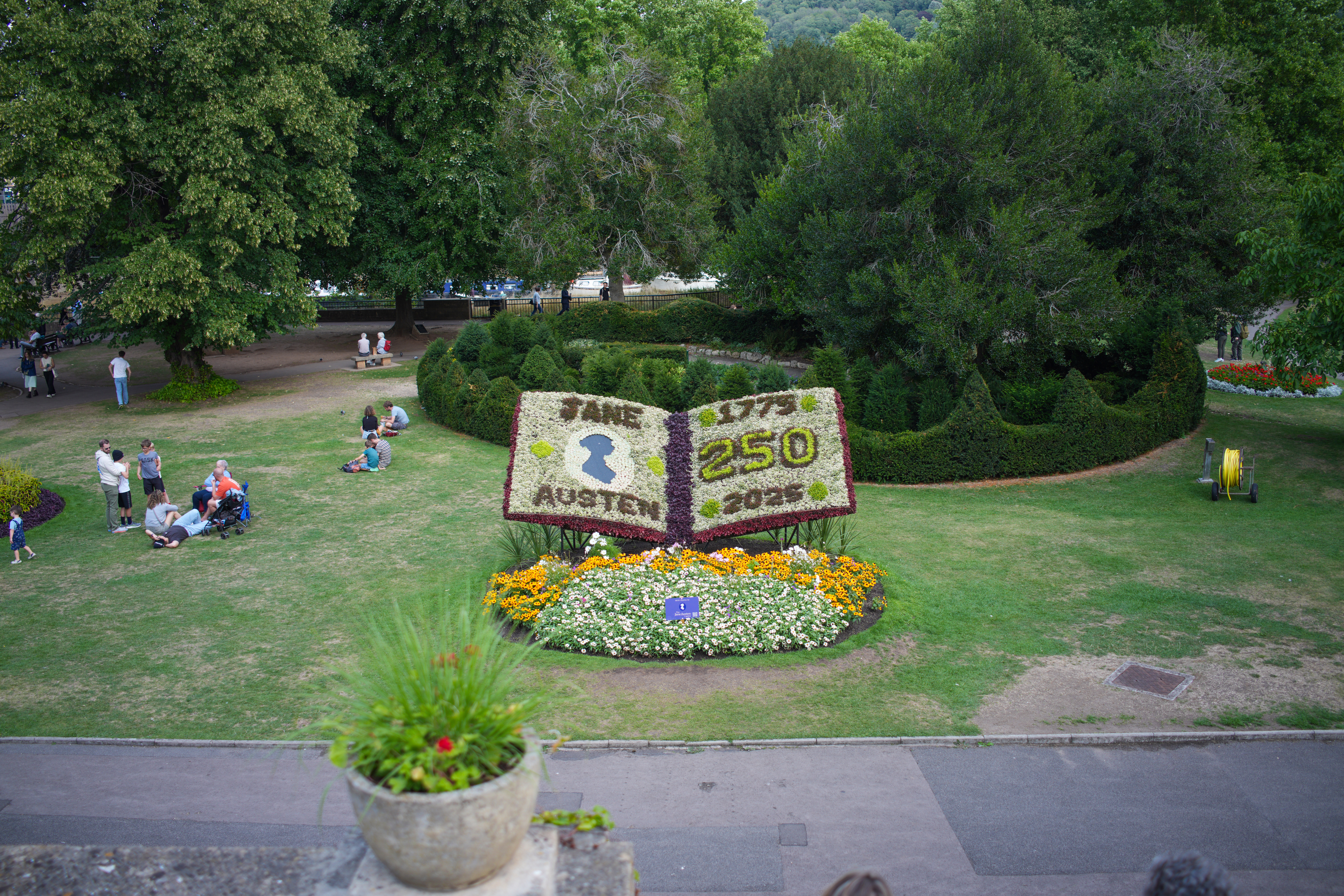
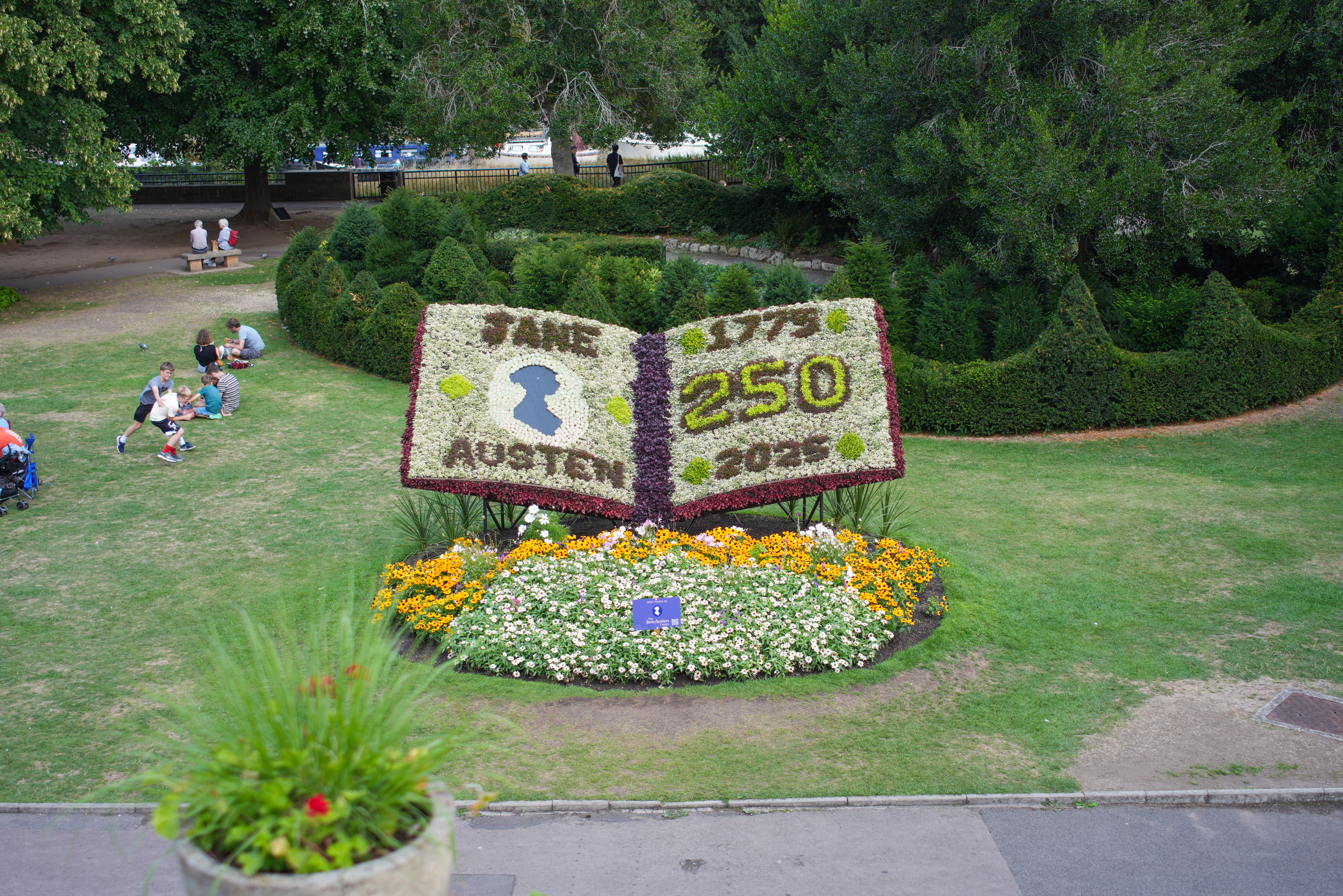
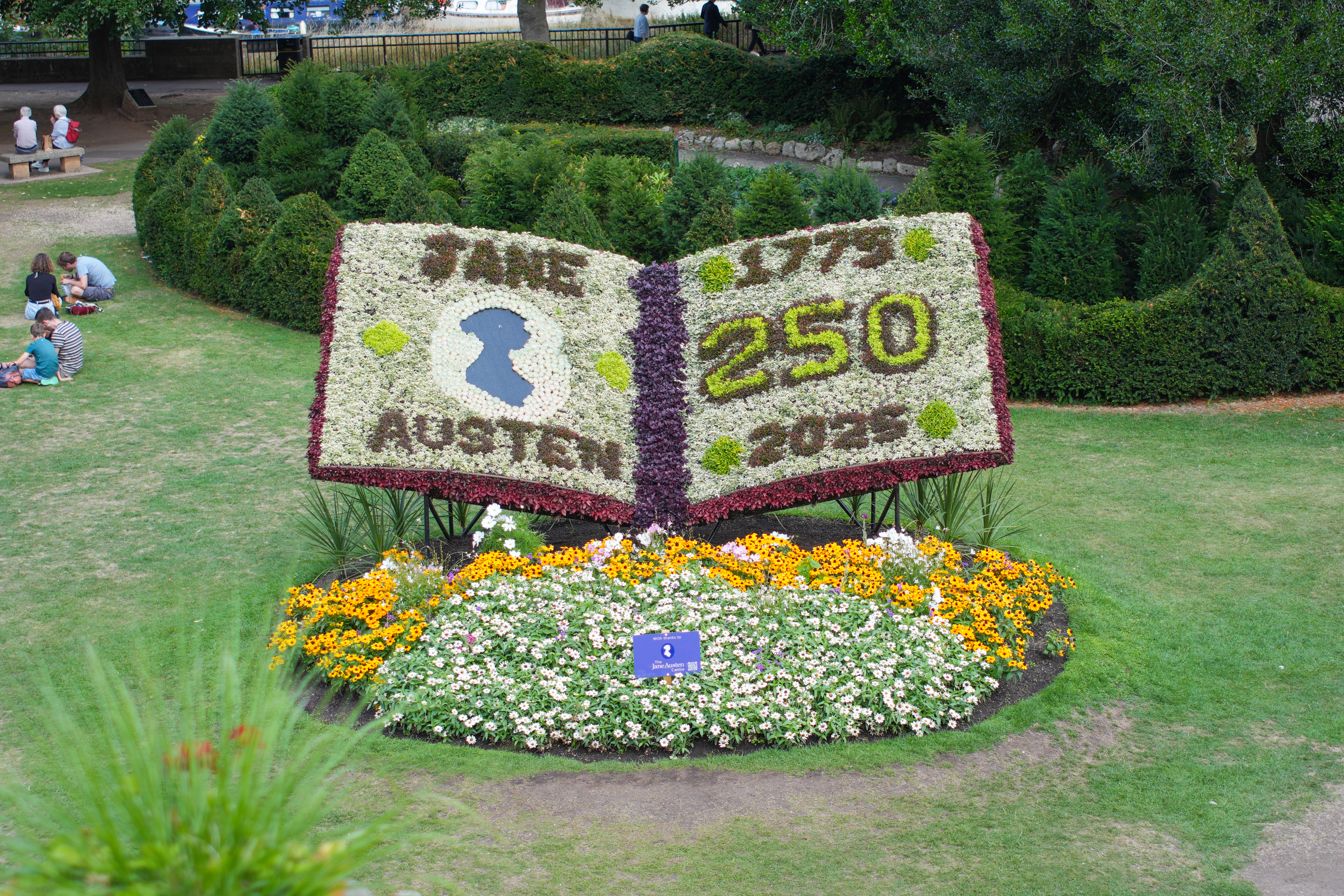
Sony RX1R III: Sample photos
During my time testing the Sony RX1R III, I averaged 1,000 shots a day – which is honestly far more than I imagined I would take! But I think this speaks to a few things.
Firstly, this camera is just plain fun to shoot with. Having something so small that you can whip out, fire off a few frames and then holster again means you'll reach for it the same way you would for your phone.
And I know I keep harping on about the size, but seriously – size matters. Even after all these years, I still feel conspicuous pulling out a big camera to take a shot in the street – but something this small and discreet means that you barely draw any attention. Anyway, here are some of the images I took on a trip around Britain's beautiful Bath…
Sony RX1R III: Verdict
The Sony RX1R III is a staggeringly good little camera: compact, capable, powerful, portable and pocketable. It makes an almost airtight case for being the ultimate everyday carry, being smaller than almost any comparable compact or interchangeable lens combo you can currently buy.
Pairing the 61MP sensor with digital zooms effectively gives you a 35mm, 50mm and 70mm lens in your pocket – along with a macro lens, at the turn of a dial. Combined with hiccup-quick responsiveness and phenomenal autofocus, this really is a Swiss Army knife camera for street, travel, documentary and everyday photography.
I personally prefer the Sony RX1R III to all the other fixed lens compacts on the market, whether it's the APS-C Fujifilm X100VI, the full-frame Leica Q3 or the medium format Fujifilm GFX100RF.
However, there are caveats. While the lack of IBIS wasn't an issue for me, others who struggle with camera shake may miss it. And though the fixed rear screen wasn't a dealbreaker, there were plenty of times I wished it moved. But the biggest asterisk here is the price tag.
I can't tell you whether or not this camera is worth $5,000, but I can tell you that $5,000 buys you a lot more camera and glass elsewhere. However, it won't buy you a camera this small that does what this camera can do.
I'm waiting for our lab results to come in, before giving the Sony RX1R III a star rating. For now, though, if you want the smallest and most powerful camera you can buy, this is the pound-for-pound champ.


James has 25 years experience as a journalist, serving as the head of Digital Camera World for 7 of them. He started working in the photography industry in 2014, product testing and shooting ad campaigns for Olympus, as well as clients like Aston Martin Racing, Elinchrom and L'Oréal. An Olympus / OM System, Canon and Hasselblad shooter, he has a wealth of knowledge on cameras of all makes – and he loves instant cameras, too.
You must confirm your public display name before commenting
Please logout and then login again, you will then be prompted to enter your display name.
